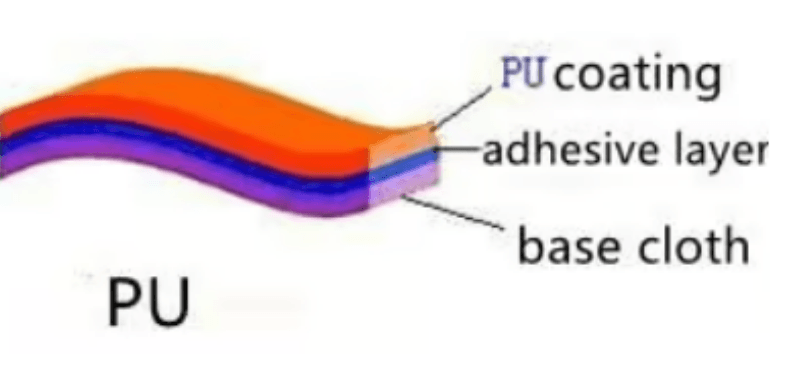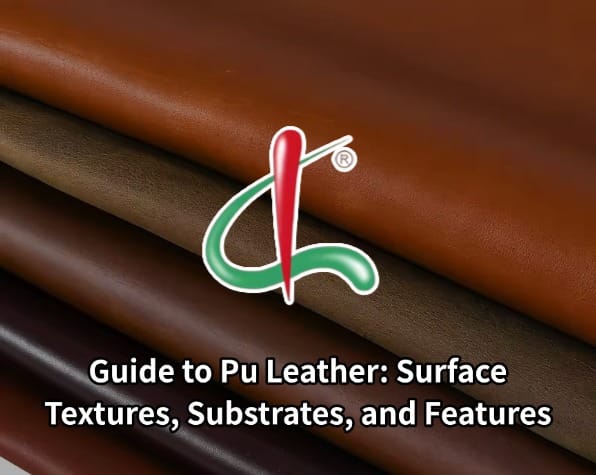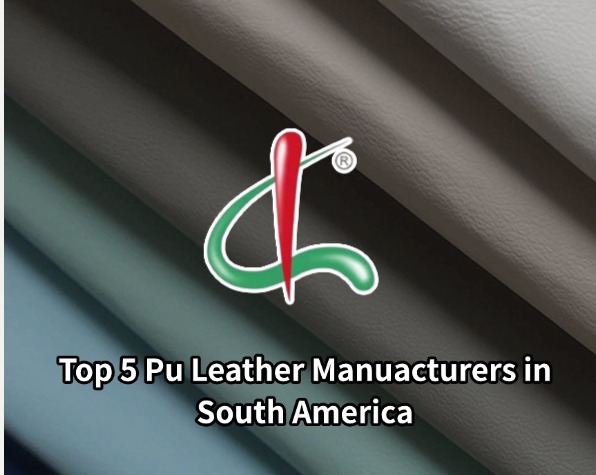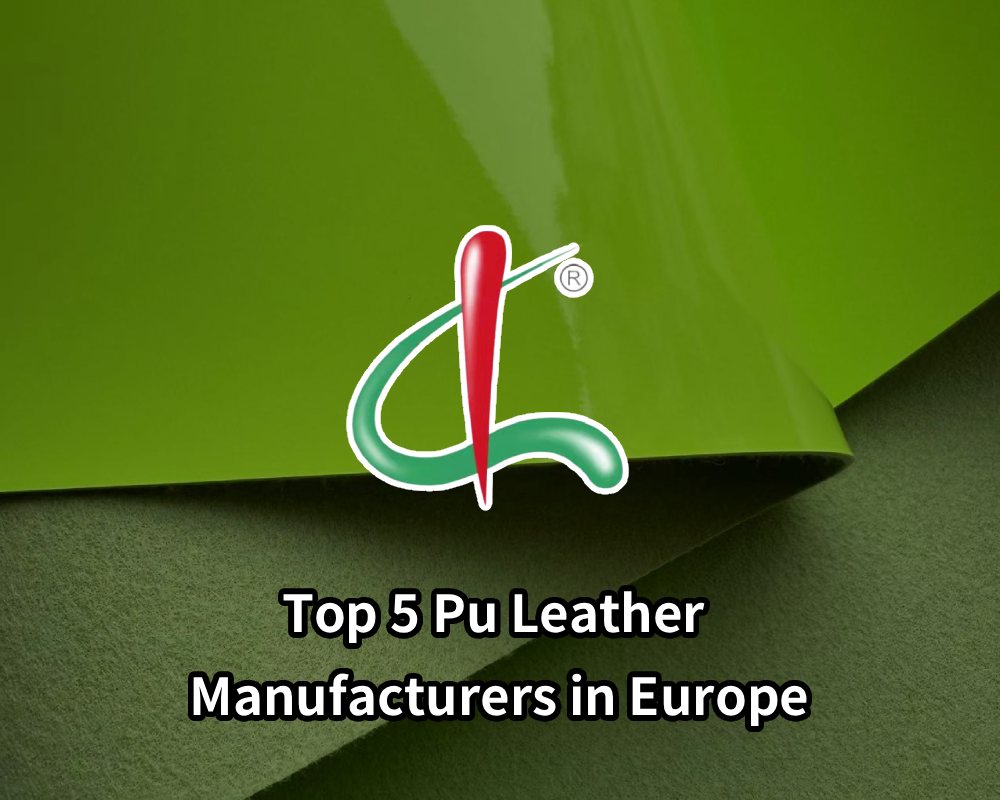Table of contents
Basics of PU Leather: Structure and Composition
PU leather, also known as synthetic leather, is a widely used man-made material in modern industry and daily life, applied in home furniture, automotive interiors, clothing, and bags. Understanding the structure and composition of PU leather is key to selecting the right material. Generally, PU leather consists of three main layers: surface layer, substrate (base material), and backing layer.
The surface layer is usually formed by coating the substrate with polyurethane (PU). This layer determines the appearance, touch, and initial durability of PU leather. Depending on the process, the PU coating can mimic natural leather textures, such as smooth, embossed, or simulated leather textures, and the thickness also affects flexibility, wear resistance, and elasticity. For example, the typical PU surface layer thickness ranges from 0.05 to 0.15 mm; thicker coatings offer better wear resistance but slightly less softness, while thinner coatings are softer but more prone to wear.
The substrate serves as the core support of PU leather, determining overall strength, flexibility, and dimensional stability. Common substrates include:
- Polyester substrate: lightweight, wear-resistant, cost-effective, suitable for most commercial applications;
- Cotton or blended substrate: soft, breathable, but relatively lower wear resistance;
- Non-woven substrate: economical and flexible, suitable for lightweight or low-cost products.
The backing layer mainly increases the overall thickness and feel of PU leather and provides protection during sewing or processing. Overall performance is affected by surface coating quality, substrate material, and production process, so it is essential to consider the combination of all three layers when selecting PU leather.

Surface Textures and Coatings: Balancing Aesthetics and Durability
The texture of the PU leather surface not only determines visual appeal but also affects durability. Common surface textures include:
- Simulated leather texture: mimics cowhide or sheepskin texture, soft to the touch and high-end, suitable for luxury furniture and fashion bags.
- Smooth texture: flat and smooth, easy to clean, suitable for office furniture or automotive interiors.
- Embossed texture: patterns created by embossing, enhancing decorative effect, commonly used for clothing and handbags.
Additionally, the thickness of the PU coating directly impacts material performance. Thicker coatings are more wear-resistant, suitable for frequently rubbed products such as car seats or sofas, while thinner coatings are softer and ideal for gloves, bags, or items requiring high flexibility.
Surface treatment technologies also enhance PU leather performance, such as:
- Waterproof treatment: makes the surface resistant to liquid penetration, suitable for outdoor products.
- Stain-resistant treatment: reduces adherence of oils and dirt, making cleaning easier.
- UV-resistant treatment: improves color durability and prevents fading from prolonged sun exposure.

Substrate Selection and Performance Impact
The substrate in PU leather plays a critical supporting role, directly affecting durability, tensile strength, and processing performance. Different substrates have different characteristics:
- Polyester substrate: lightweight, wear-resistant, stable, suitable for mass production, commonly used for sofas, bags, and other high-strength products.
- Cotton/blended substrate: comfortable, breathable, suitable for clothing or gloves, but lower wear resistance.
- Non-woven substrate: highly flexible and low-cost, suitable for lightweight products or temporary use.
The thickness, density, and fiber arrangement of the substrate significantly influence PU leather performance. High-density polyester combined with a thick PU coating improves wear resistance, while low-density substrates may deform during stretching or use. Methods to evaluate substrate quality include:
- Touch test: feel softness and resilience to assess fiber density and elasticity.
- Stretch test: manually pull to check rebound and tensile failure points.
- Visual inspection: ensure uniformity, no obvious defects or blemishes.
These simple steps help users quickly determine whether a PU leather substrate is suitable for a specific application, preventing cracking, wrinkling, or deformation later.

PU Leather Performance Testing and Application Guide
To ensure PU leather meets different application needs, performance testing is crucial. Common performance indicators and test methods include:
- Wear resistance: measured with Martindale tester, higher cycles indicate better wear resistance. For example, home sofas typically require 50,000+ cycles, while car seats may reach 100,000+ cycles.
- Tensile strength and elongation: testing the breaking point and elongation under tension; high strength and moderate extensibility ensure long-term use.
- Waterproofing and breathability: tested by dripping or penetration tests to evaluate liquid protection while maintaining breathability to avoid stuffiness.
Different applications require different performance standards:
- Home furniture: wear-resistant, stain-resistant, waterproof, with comfortable feel.
- Automotive interiors: high wear resistance, high light resistance, heat resistance, and anti-slip.
- Clothing: soft, breathable, wrinkle-resistant.
- Bags: high tensile strength, wear-resistant, waterproof and stain-resistant.
Quick ways to test PU leather performance: manually stretch to check elasticity, drip water to test waterproofing, observe surface texture and thickness uniformity. Combining these methods helps users preliminarily determine whether the material suits their project.
Yudeng’s PU Leather Customization Advantages and Purchasing Guide
As an experienced pu material supplier and pu leather company, Yudeng offers significant advantages in PU leather customization:
- Texture customization: supports simulated leather, embossed, special patterns, and personalized designs, meeting the needs of luxury furniture, bags, automotive, and apparel industries.
- Substrate customization: allows selection of polyester, cotton, blended, or non-woven substrates, balancing wear resistance, softness, and cost-effectiveness.
- Flexible production capability: offers small-batch samples for testing performance and appearance, while supporting large-scale production to ensure timely delivery.
Practical steps:
- Define requirements: determine application scenario, usage frequency, durability, and aesthetic needs.
- Select surface and substrate combination: choose PU coating thickness, texture, and substrate type according to usage and touch requirements.
- Sample production and performance testing: evaluate wear resistance, waterproofing, and softness to ensure compliance with project standards.
- Mass production and delivery: after sample confirmation, proceed with production; Yudeng ensures consistent quality and stable output.
Advantages of choosing Yudeng:
- Years of PU leather manufacturing experience, mature and reliable technology;
- Strict quality control system, ensuring stability and consistency of each batch;
- Flexible customization capabilities to meet diverse industry needs.
Collaborating with a professional pu material supplier and pu leather company enables users to obtain high-quality PU leather, reduce design testing and procurement costs, and improve project efficiency.
| Start Your order | Email: hello@fjyudeng.com | Number:+86 17746077007 |
Understanding the surface layer, substrate, and overall performance differences of PU leather is essential for selecting the right material. Different surface textures, coating thicknesses, and substrate combinations significantly affect wear resistance, softness, waterproofing, and service life. Evaluating and selecting materials based on specific applications can effectively enhance product quality and user experience.
Working with a professional pu material supplier or pu leather company (such as Yudeng) allows for personalized texture and substrate customization while ensuring material stability and production efficiency. By scientifically selecting PU leather, users can achieve high-quality, cost-effective solutions across home, apparel, automotive, and bag applications.






